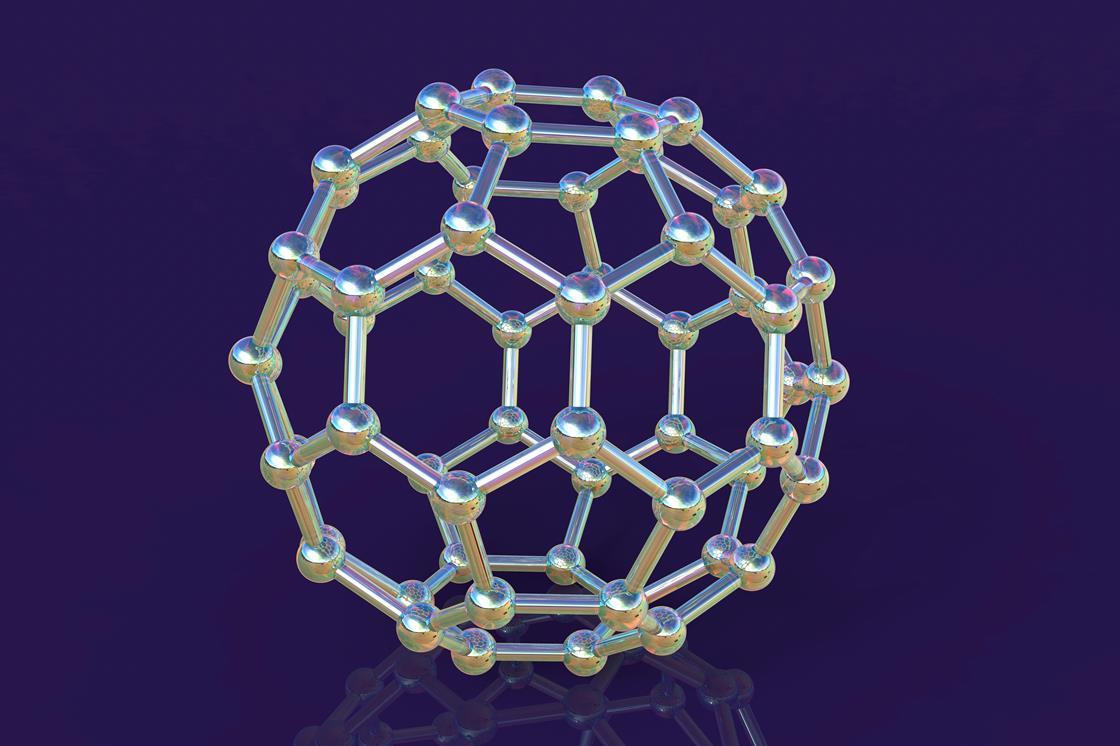The Role of Fullerenes in Forming Hydrogen Molecules in Interstellar Clouds
Key Ideas
- Hydrogen formation in interstellar clouds is crucial for complex chemistry in space, facilitated by fullerenes acting as catalysts.
- Research by Guo and McKenzie demonstrates how fullerenes assist in hydrogen formation, even at very low temperatures and under energetic events.
- Their computational modeling reveals that fullerenes prevent the reverse reaction, aiding efficient molecular hydrogen formation in space.
- Further studies are needed to validate the findings, including experiments and comparison with observable spectral data.
The study delves into the fundamental process of molecular hydrogen formation in the universe, a challenging phenomenon due to the vastness and coldness of space. While direct collisions between hydrogen atoms are rare, the presence of fullerenes, specifically C60 molecules, may facilitate the formation of molecular hydrogen in interstellar clouds. The computational modeling conducted by Guo and McKenzie sheds light on two key mechanisms where hydrogen atoms either weakly attach to the fullerene surface and eventually collide or chemically absorb to form H₂ directly without encouraging reverse reactions. The research highlights the role of fullerenes in preventing molecular hydrogen breakdown and aiding production, even at extremely low temperatures as well as high-energy environments like supernova shocks. While the study provides valuable insights, further experiments and comparison with observational data are crucial for validation and a thorough understanding of the process.
Topics
Power
Computational Modeling
Interstellar Chemistry
Molecular Physics
Astrochemical Processes
Energy Absorption
Stellar Environments
Latest News
